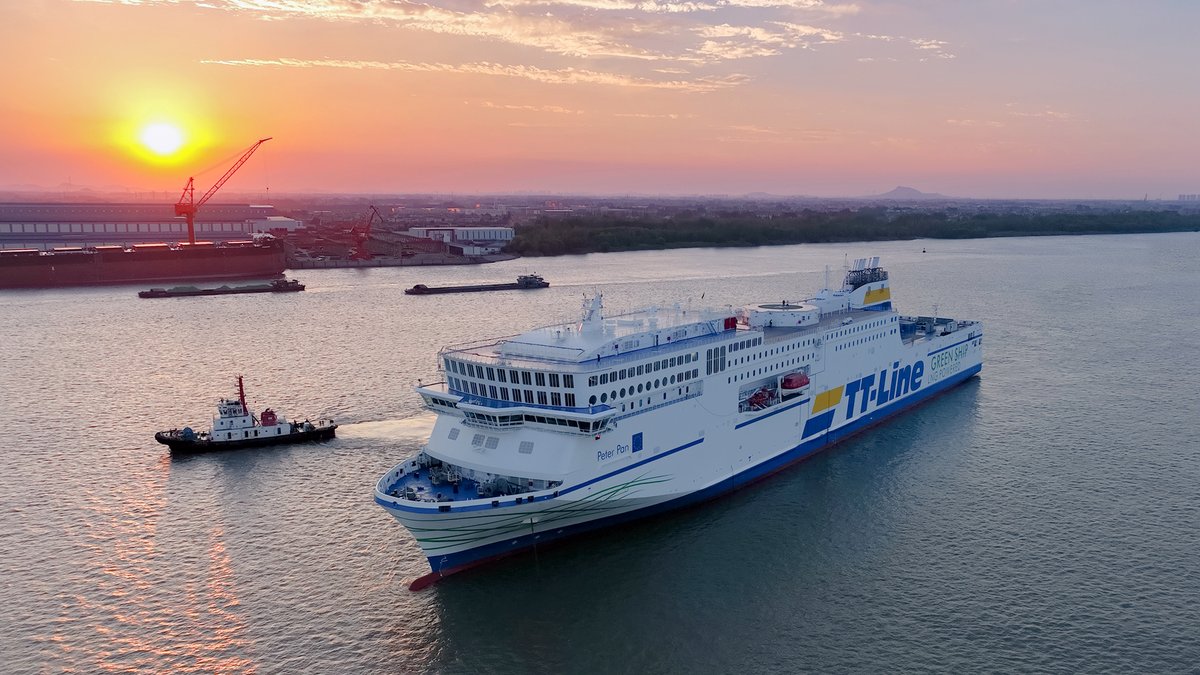New insights
S.M.C. benefited greatly from the sharing of information between all the parties involved in the development and execution of this technologically sophisticated project. The S.M.C. team not only gained new insights into the quality and performance expectations of its European Clients from passenger vessels sector but also a better understanding of the complex rules and regulations involved in the design, construction and commissioning of modern passenger vessels. S.M.C. also gained further experience on the LNG propulsion and power generation systems for non-LNG carriers. Thanks to the many brainstorming sessions, lessons learnt analyses, and consultations with the owners, designers and production teams, S.M.C. acquired a greater knowledge of what is possible from a production perspective and what remains on the drawing board.
“This project was one of the most challenging in my 50 years in the marine industry but it was also one of the best – conducted to the highest standards I’ve ever been involved in,” says Steve Nolan, who managed the TT-Line project as Technical Director of S.M.C.. “Thanks to the new insights gained and the knowledge shared between the different disciplines in S.M.C., TT-Line, interior expert R&M, Classification Society and, of course, the Shipyard, we were able to produce a vessel that far exceeded most people’s expectations of performance and quality.”
Looking back, Krzysztof Kozdron, Managing Director of S.M.C., recalled the reasons why S.M.C. was chosen for this exciting project: “Our initial approach of sending a team to match the Client’s team in the negotiation stages was decisive. It was expensive at the time, but it showed our commitment to the project, our straightforward planning and thinking, and our willingness to accommodate Clients’ requirements.”








